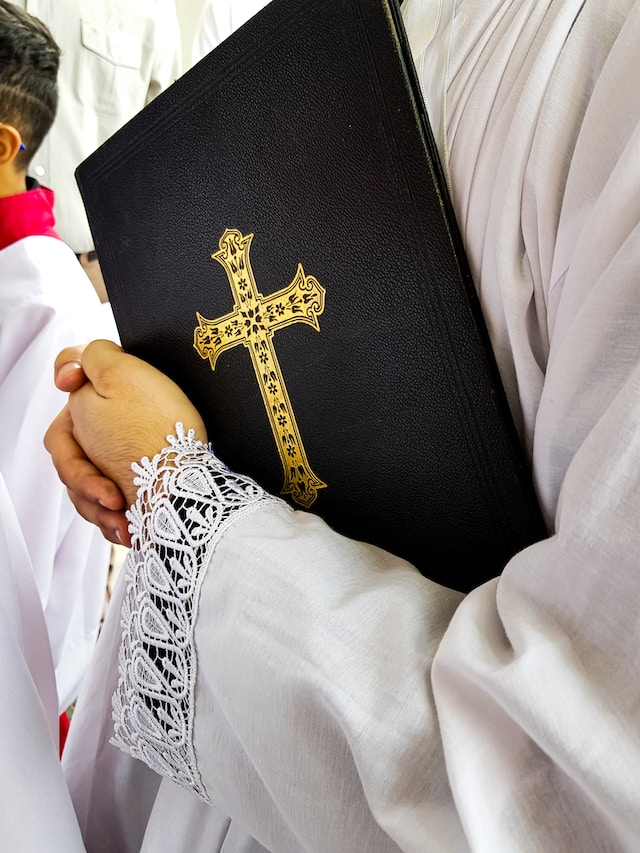 JM writes: “Where does Gregorian Chant come from? Someone recently told me that it has roots in the New Age and occult. Is this true?”
JM writes: “Where does Gregorian Chant come from? Someone recently told me that it has roots in the New Age and occult. Is this true?”Your friend is mistaken. There is nothing New Age or occult about Gregorian Chant.
The Church acknowledges Gregorian chant as "specially suited to the Roman Liturgy: therefore, other things being equal, it should be given pride of place in liturgical services". (Second Vatican Council, Sacrosanctum Concilium §116 (1963)).
The reason why Gregorian chant is deemed worthy of such a lofty position in the Church’s liturgical life is because it is one of the original forms of song used in the early days of the Church. In fact, it has its roots in the songs of the old synagogues and was probably what Jesus heard during worship in His day. Because the apostles and first Christians were mostly converted Jews, they continued to sing in the custom with which they were most familiar when attending Mass and other Christian prayer services.
There is also some evidence pointing to a vision of St. Ignatius of Antioch which occurred around 100 AD that may have contributed to the more widespread use of the chant in the Christian liturgy of his time. In his vision, he heard angels singing to the Trinity in alternating hymns, with one group singing first, then the other responding. This style of singing was dubbed antiphon, a Greek work meaning “opposite voice.”
According to Chant Gregorian, three centuries passed before St. Ambrose, Bishop of Milan in 374 AD, established the early theory of plainchant and the first four authentic modes of chant. “The faithful during their persecution by the Romans took comfort in the catacombs, through hopeful hymns like Te Deum sung in the antiphony style St. Ambrose taught,” the site explains.
But it did not receive its name until the time of St. Gregory the Great who officially appointed songs and hymns for use during the liturgy. “Pope Gregory insisted that music in the Church provide only a background for the Sacrifice of the Mass, assisting the faithful in profound reverence to God, but not drawing attention to itself,” Chant Gregorian explains.
Significant changes were made to the structure of Gregorian chant by Fr. Guido of Arezzo (930 AD) in Italy and a different form advanced into modernity. However, the Benedictine monks of Solesmes have, during the past 200 years, begun a return to the original plainchant.
Thankfully, Gregorian chant has survived in the Church to this day and was declared by Pope Pius X in the early 1900's to be the sacred music of the Church.
I have a personal love for this simple and yet magnificent form of song because it is easy to master and reminds me of all things holy and Catholic.
© All Rights Reserved, Living His Life Abundantly®/Women of Grace® http://www.womenofgrace.com
